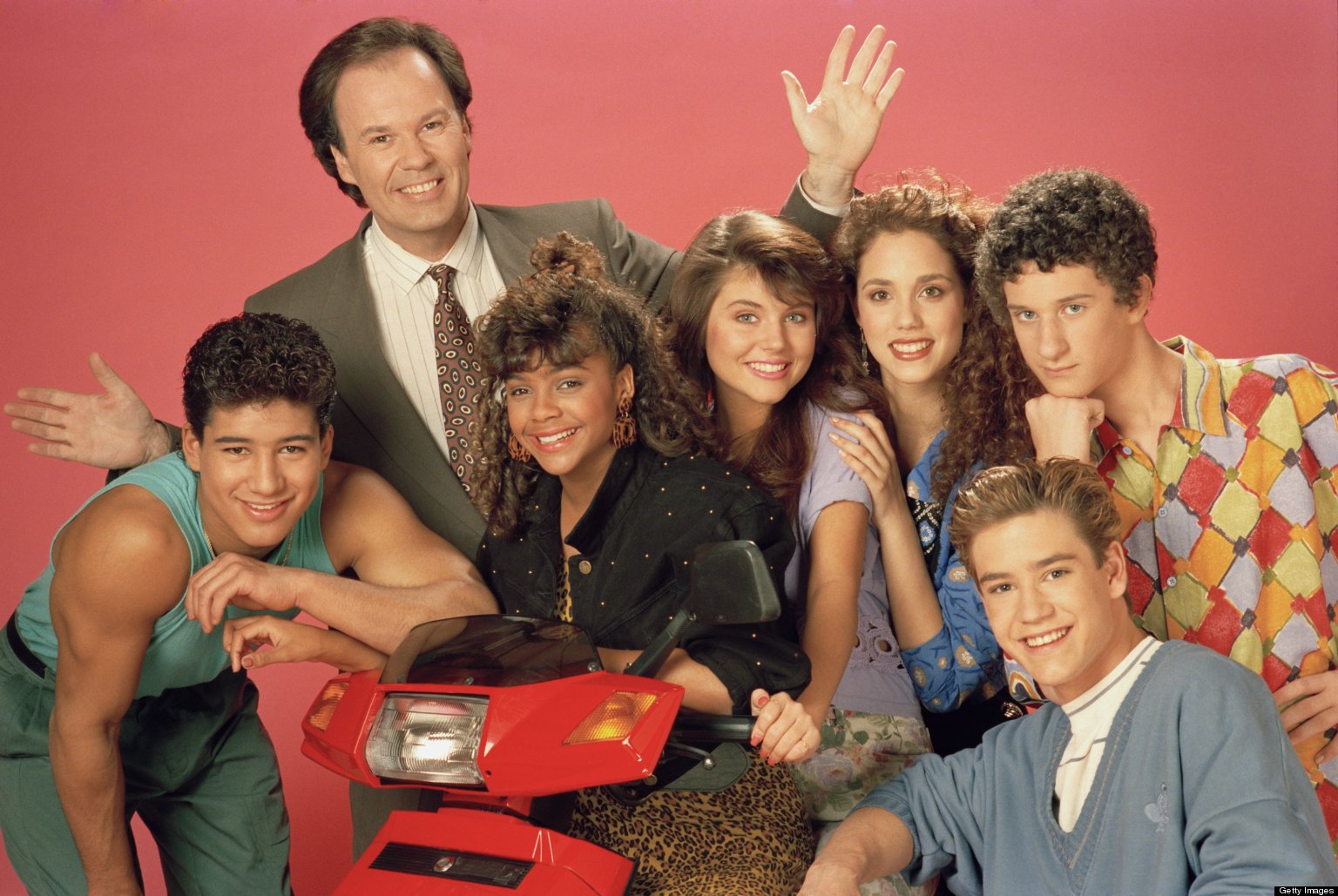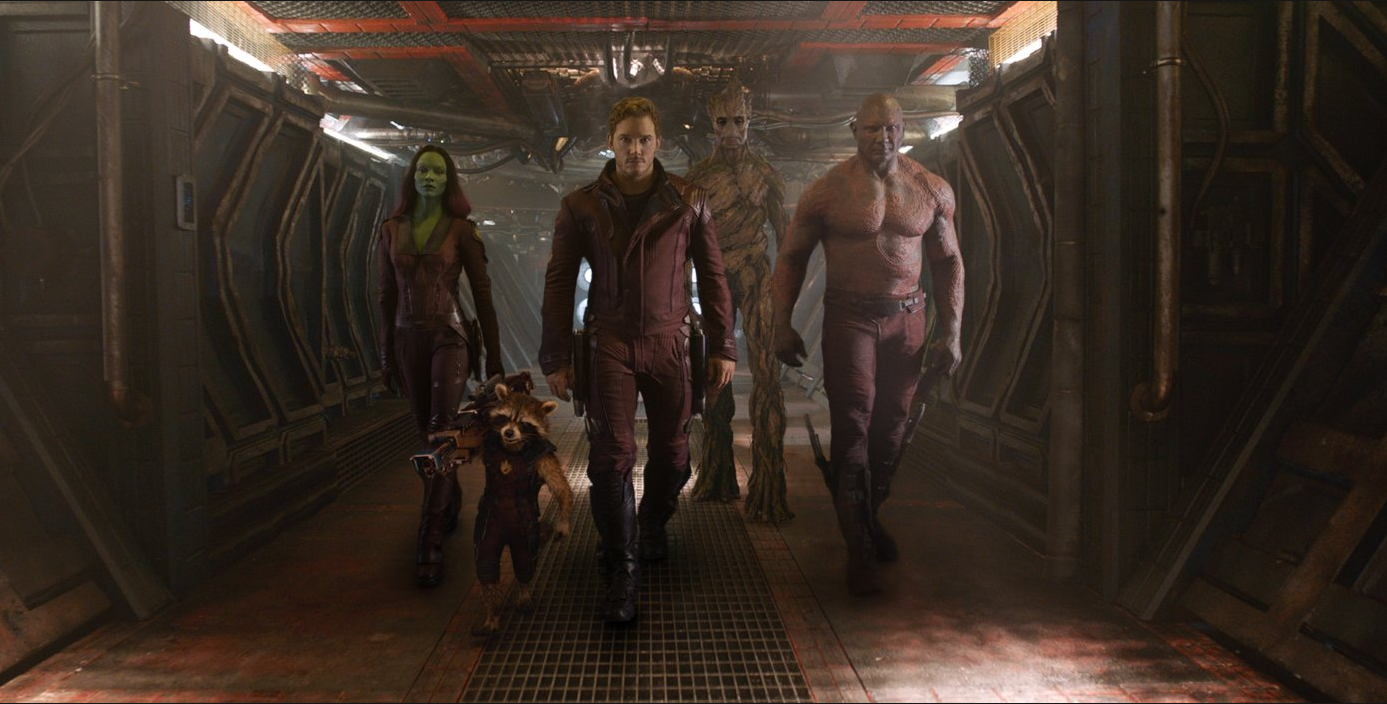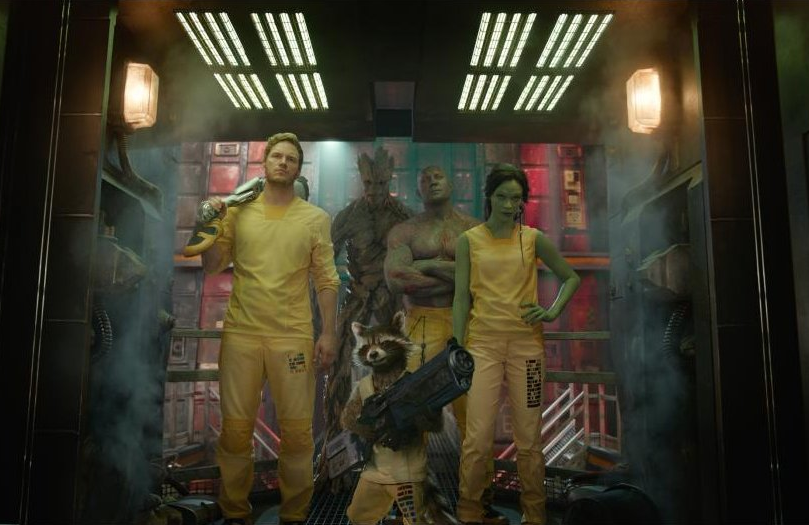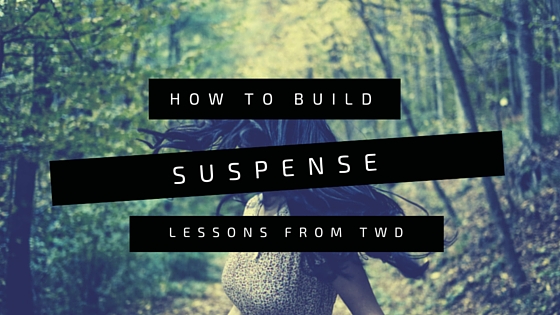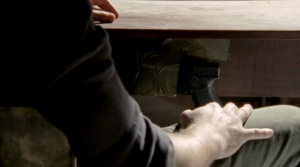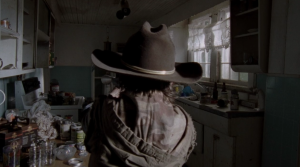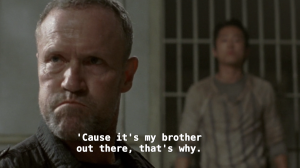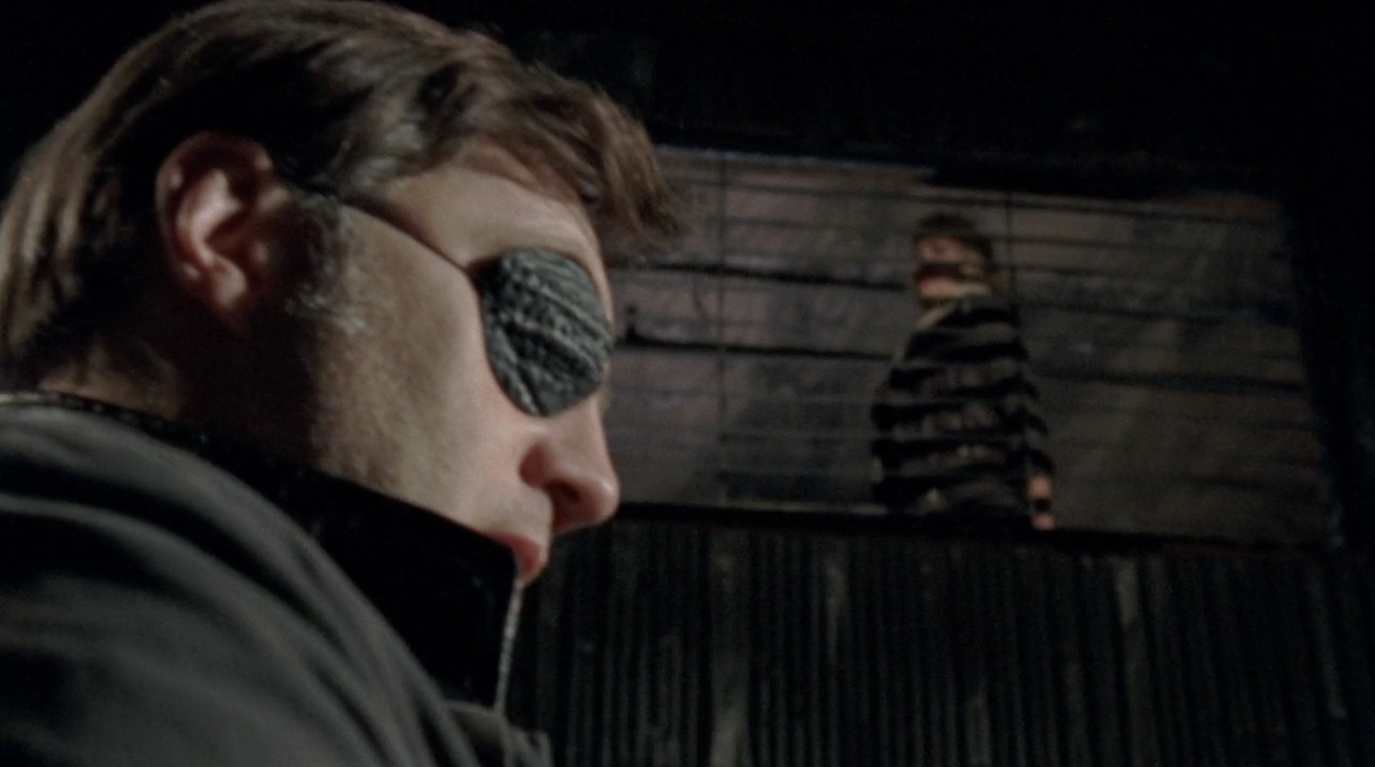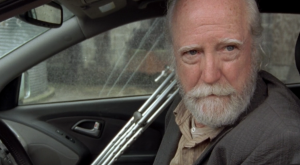There was a discussion in one of my writers’ groups this week about how long a teaser should be in an hourlong pilot. We all thought it should be fairly short, but we had different ideas of what “short” actually meant. I remembered that awhile back I’d made a spreadsheet analyzing act lengths from 51 hourlong pilots so I decided to go to the data.
(If you’re interested in half-hour dramedy pilot structure, I broke that down here.)

What I found: across all pilots that had a teaser, the average length of that teaser was 8 pages (with the shortest teaser being 3 pages and the longest at a whopping 16 pages). This surprised me! I would have guessed that teasers were more like 3-5 pages on average.
I shared this info with my writers’ group and someone asked if I could also share average act lengths for the other acts. This is tricky because I assumed the average length of an act would depend on how many acts the pilot has in total – this group of pilots ranged from 4 acts to 7 acts.
The most common three structures among these pilots were:
- teaser + 4 acts (17 pilots)
- 5 acts (13 pilots)
- teaser + 5 acts (11 pilots)
So I decided to break down average act length by structural type:
TEASER + 4 ACTS
Teaser: 8 pages (range: 3-16)
Act 1: 17 pages (range: 11-22)
Act 2: 14 pages (range: 5-22)
Act 3: 11 pages (range: 6-16)
Act 4: 11 pages (range: 4-18)
5 ACTS
Act 1: 17 pages (range: 11-30)
Act 2: 13 pages (range: 8-18)
Act 3: 11 pages (range: 7-15)
Act 4: 10 pages (range: 5-15)
Act 5: 9 pages (range: 4-14)
TEASER + 5 ACTS
Teaser: 9 pages (range: 5-13)
Act 1: 10 pages (range: 6-15)
Act 2: 11 pages (range: 7-17)
Act 3: 11 pages (range: 7-15)
Act 4: 9 pages (range: 6-13)
Act 5: 9 pages (range: 1-15)
As you can see from the ranges provided, the range of lengths for each act is quite broad which means there is not some hard and fast rule about act length that every professional writer follows. Some individual networks and shows may have rules about act length, but that’s not something you can really concern yourself with when writing an original pilot.
Because there are so many different ways you can tell a story, even on television, you should obviously choose a structure that you feel fits your particular story (or possibly the network you’re hoping to be on, which is a different analysis entirely).
That said, one hunch I had that this data backs up is that acts do tend to get shorter as you progress through a pilot (with the exception of the teaser, if there is one, which is usually shorter than Act 1). This makes sense because it creates a sense of quickening pace as we barrel through the story to the inevitable BANG at the end (which then hopefully propels us to episode 2).
That isn’t a rule you must follow, but it might be a helpful thing to look at it if you’re writing a pilot and the pacing feels slow. Maybe your earlier acts are too short or your later acts are too long.
Another interesting observation is that the total number of acts in a pilot didn’t seem to have as much effect on individual act length as I expected. The only exception is that in pilots with five total acts ([teaser + 4 acts] or [5 acts]), Act 1 is quite a bit longer than the other acts, whereas in the six act structure ([teaser + 5 acts]), the acts are all a more uniform length. You can see this is true even in the broader ranges and not just in the average.
One last fact: the average total page count across all 51 hourlong pilots was 61.5 pages. The shortest was 56 pages (nine pilots were 56-58 pages) and the longest was 69 pages (six pilots were 67-69 pages).
Some caveats on the stats here:
- This dataset is not huge. It only includes 51 hourlong pilots: 17 are [teaser + 4 acts], 13 are [5 acts], 11 are [teaser + 5 acts], and the rest are a sprinkling of other structures composed of teasers, acts, and tags in various combinations.
- These pilots come from a mixture of cable and broadcast networks but none are from streaming networks like Netflix. (Look out for a future imaginary post titled Stop Using “My Pilot is Written for Streaming” as an Excuse to Be a Lazy Storyteller.)
- This list includes pilots that premiered as long ago as 2002 and as recently as 2017. It’s possible (even probable) that trends have changed. That said, 22 of the 37 pilots premiered in the past three years (14 of them in 2017), so most of these are recent.
- Speaking of recency, I’d need to do a different kind of analysis to confirm this, but it seems like among the more recent pilots, the [5 acts], [teaser + 5 acts], and even [6 acts] structures have increased in popularity over the classic [teaser + 4 acts].
- Genre isn’t taken into account here at all (except that they’re all hourlongs, so no sitcoms). This may not be true, but my hypothesis is that teasers for crime shows might be shorter than other types of dramas because it’s a more traditional find-a-dead-body “cold open.”
-
Keep in mind that “average” can be a misleading statistic – all datasets have a calculable average, but just because you can calculate a statistic doesn’t mean it’s meaningful.
For example, let’s imagine that my dataset had included 20 pilots and that in ten of them the first act was 10 pages and in the other ten the first act was 50 pages. In that case, the average length of act 1 would be 30 pages. The problem is that if you took that information and wrote a pilot with a 30-page first act, you would be writing a pilot that doesn’t look like any of the pilots in that dataset. If you were trying to mimic existing pilots from that list, you’d actually be better off writing either a 10-page first act or a 50-page first act, not splitting the difference down the middle.
Fortunately, our data here is not that dramatically split. Most of the data tends to be grouped around the averages with a few outliers that are much longer or shorter than the average. I included the full range of lengths for each act so you can see how long and short some of those outliers were.
***
You can now like this page on Facebook! Click the “Following” dropdown and select “See First” and “Notifications On” to get notified of new posts.








